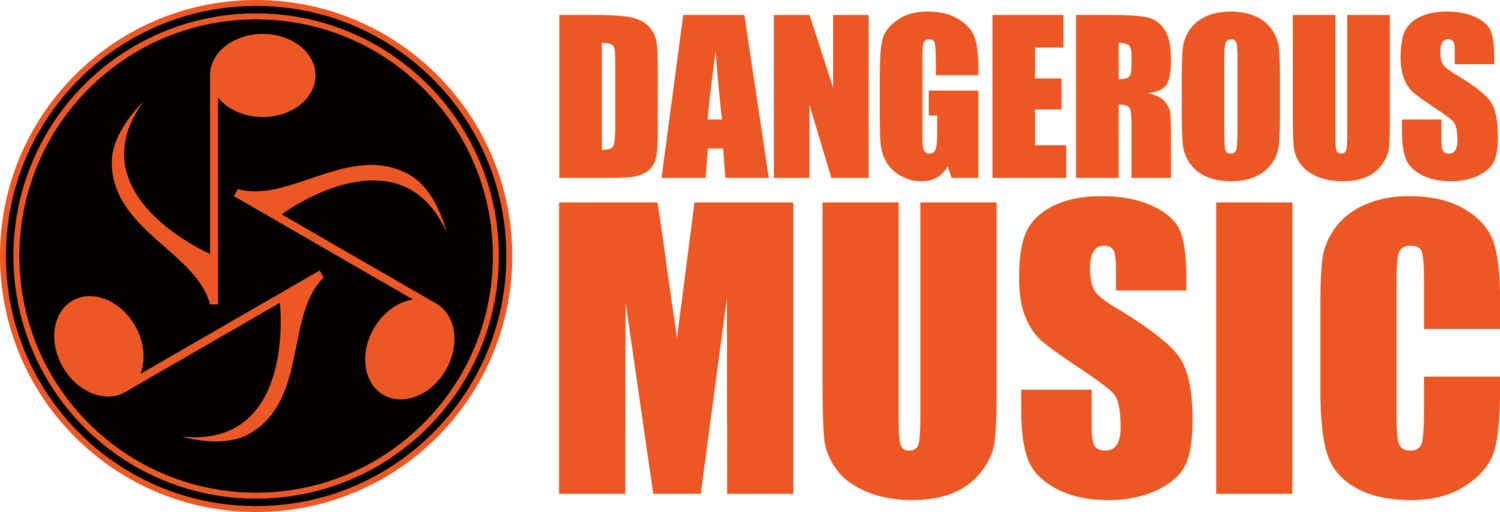PRO SOUND NEWS BAX EQ REVIEW
by Alan Silverman
Dangerous Music’s BAX EQ is a highly refined professional interpretation using shelving filter topologies introduced by British audio engineer P. J. Baxandall in his classic paper, “Negative Feedback Tone Control,” first published in Wireless World, October 1952. The design was seminal; it was the first tone-shaping circuit where levels could be controlled by a single potentiometer without the need for a switch to select boost or cut.
The simplicity and sonic quality of the design led to its deployment as the “tone control” in countless high-fidelity preamplifiers. The design had characteristics that made it especially suitable for musical tone shaping — extremely smooth, flat shelves and minimal phase shift. The filter components reside in the feedback loop, leaving the main signal path pure. Dangerous Music’s lead designer, Chris Muth, has skillfully exploited these advantages to create an exceptional mastering-grade, analog stereo EQ.
Features
The feature set on the “BAX” is simple and straightforward; there is a low cut, low shelf, high cut and high shelf. Frequency points are linked for both channels while boost/cut levels can be set independently for left and right. This allows for M/S operation in conjunction with an external sum and difference matrix, as well as individual channel tailoring. All controls are stepped, and the corresponding internal component values are hard-switched via a network of 40 relays.




